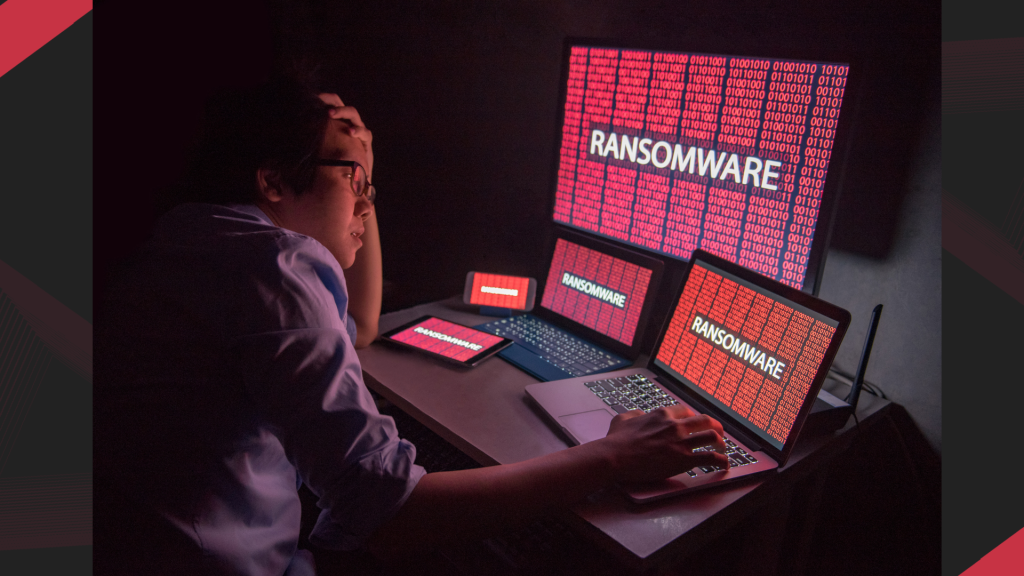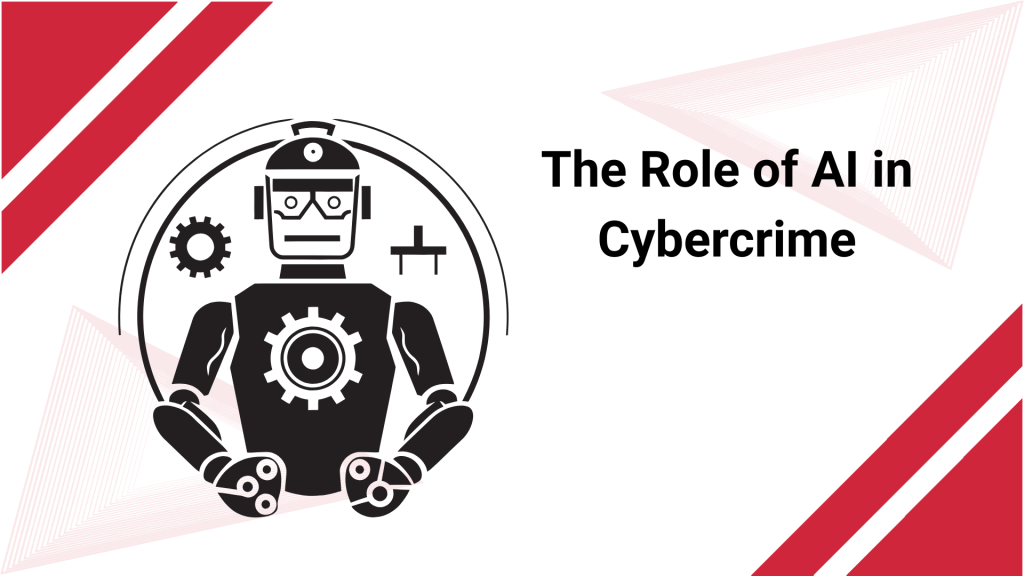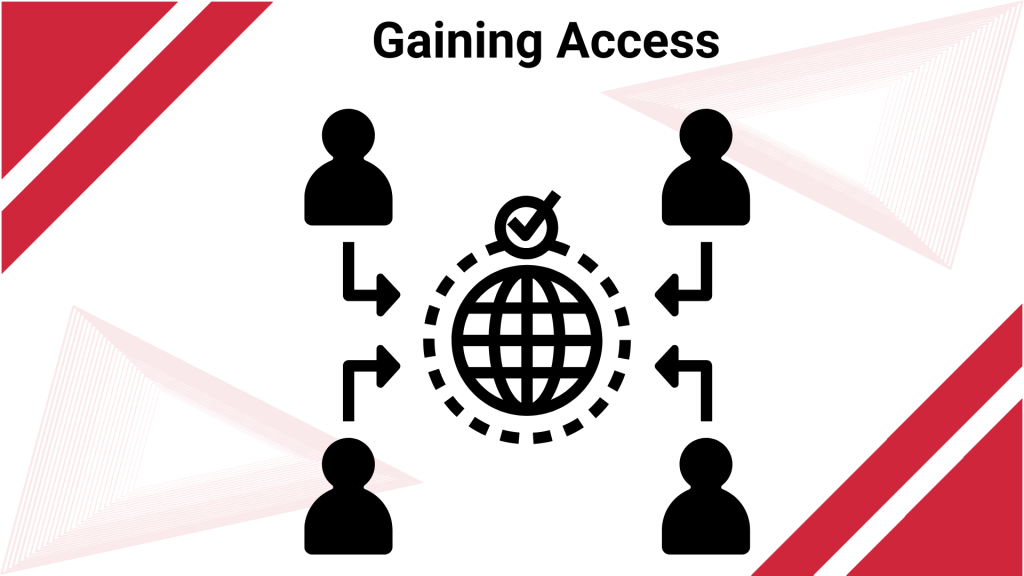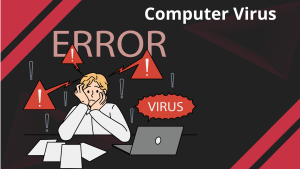Cybercriminals don’t strike blindly; they operate with precision, following a calculated process. It often begins with reconnaissance, where they quietly gather intelligence on their target’s systems, behaviors, and vulnerabilities.
Once they’ve mapped out the landscape, they probe for vulnerabilities, looking for cracks in outdated software, unpatched systems, or unsuspecting users. The final phase is execution, where they deploy attacks ranging from phishing emails and malicious downloads to social engineering tricks that manipulate people into giving up access. The goal? Infiltrate, extract, and exploit, without being noticed until it’s too late.
In this blog, we’ll break down how cybercriminals plan their attacks step by step and what you can do to stay one step ahead. Want to stay ahead of evolving threats? Explore proven cybersecurity services that help you outsmart attackers at every turn.
Key takeaway
- Cybercriminals carefully plan attacks and choose victims based on vulnerability and value.
- Social engineering, like phishing, is their go-to tactic.
- They use public info and digital footprints to gather intel.
- Malware is just one piece—attacks often involve multiple layers.
- After breaking in, hackers steal data and cover their tracks.
- Cybercrime is a growing business, often powered by AI.
- Small security gaps can make you a target.
- Staying alert and informed is your best protection.
Who Are Cyber Criminals?
Cybercriminals are individuals or groups who exploit technology for illegal gain. They don’t just steal passwords or personal data; they can crash entire networks, drain bank accounts, and create fake identities in your name. With just a few clicks, they can turn your digital life upside down, leaving behind financial losses, privacy breaches, and severe headaches. Whether it’s for profit, revenge, or chaos, their actions are calculated, stealthy, and often devastating.

Scouting for Targets: How Victims Are Chosen
Cybercriminals carefully select their victims by analyzing public data, identifying weak security signals, and assessing potential value. Whether it’s easy targets or high-stakes organizations, no one is off their radar.
Why Some People or Companies Are Targeted
Cybercriminals love low-hanging fruit. Individuals or businesses with weak passwords, outdated software, or poor cybersecurity practices are often the first to be targeted. Small businesses, in particular, are frequent targets, as they usually possess valuable data but lack robust defenses.
High-Value Targets: Going After the Big Fish
Not all attacks aim low. Some cybercriminals target high-reward victims, such as financial institutions, healthcare providers, or government agencies. These “big fish” hold sensitive data, large sums of money, or critical infrastructure, making them worth the extra effort.
The Role of Public Data in Target Selection
Attackers don’t need insider access to choose a victim. Public sources, such as social media profiles, company websites, or leaked databases, offer a goldmine of information. This info helps hackers craft personalized attacks that are much more likely to succeed.
Types of Cyber Criminals
Cybercriminals come in various forms, each with different methods and motivations:
- Hacktivists: These are politically or socially motivated hackers who launch attacks to promote a cause or protest an issue. Their targets often include governments, corporations, or institutions they view as unethical.
- Organized Crime Groups: These are well-funded, structured cybercrime syndicates focused on large-scale financial gain. They often run ransomware campaigns, credit card fraud schemes, and data theft operations.
- Insiders: Employees or contractors who misuse their access to steal data, sabotage systems, or leak sensitive information. Insider threats can be intentional or accidental, but they are among the most difficult to detect.
- State-Sponsored Hackers: Backed by nation-states, these attackers primarily focus on cyber espionage, intellectual property theft, or cyber warfare. Their targets are usually other governments, defense contractors, and high-value private companies.
- Lone Hackers: Individuals act alone, sometimes out of curiosity, boredom, or personal gain. While not always as sophisticated, they can still cause significant harm.
What Do Cyber Criminals Want?
The goals of cyber criminals vary, but most fall into a few key categories:
- Financial Gain: This is the most common motive. Cybercriminals steal credit card numbers and bank credentials or deploy ransomware to extort money.
- Data Theft: Personal information, corporate secrets, and intellectual property are valuable on the black market or for future attacks.
- Espionage: Some hackers aim to gather confidential data for the benefit of political or corporate interests.
- Sabotage or Disruption: Hackers may disrupt operations or destroy data to harm a target’s reputation or functionality, particularly in cases involving hacktivists or nation-state attackers.
How Cybercriminals Plan Their Attacks
Cybercriminals don’t launch attacks blindly; they follow a strategic, step-by-step approach. The first and most critical step is target selection, where they identify who they will attack and why.
They will gather their information first to determine if the target is wealthy, has a substantial bank account, or possesses any other assets they can exploit or obtain from you.
Sometimes, it’s through online pop-up messages or pages. If you click on them, they immediately connect through your information and can access everything, including your contacts, pictures, and other data on your phone or laptop/computer.
The Role of AI in Cybercrime

Cybercriminals are using AI to launch smarter, faster, and more convincing attacks, from personalized phishing to deepfakes and automated hacking tools.
Smarter Phishing: AI-Powered Scams
AI helps cybercriminals craft compelling, personalized phishing messages that are more difficult to detect and more likely to deceive victims.
Automated Recon and Attack Bots
AI-driven bots can scan networks, gather data, and identify vulnerabilities at scale, faster and more efficiently than ever before.
Deepfakes and Synthetic Identity Fraud
AI-generated deepfakes and fake identities are being used to bypass verification systems, impersonate real people, and commit advanced fraud.
Gaining Access

After identifying vulnerabilities, cybercriminals move to the next crucial step: gaining access to the target’s system or network. It is where they turn potential weaknesses into actual entry points, giving them control over sensitive data, devices, or entire infrastructures.
At this moment in the attack, the cybercriminal has broken in and is preparing for the next phase, establishing persistence and carrying out their primary objective, whether that’s stealing data, encrypting files for ransom, or causing widespread disruption.
By this time, once they’re inside, they can control all access and change everything within.
Execution of the Attack
After establishing persistence and securing control over the target system, cyber criminals move to the most visible and often most damaging phase: executing the attack. It’s where they achieve their primary goals, whether that’s stealing valuable data, demanding a ransom, or causing widespread disruption.
Common Attack Outcomes
- Data Theft: Cybercriminals exfiltrate sensitive information, including personal identities, financial records, trade secrets, and intellectual property. This stolen data can be used for fraud, sold to competitors, or leveraged for further attacks.
- Ransomware Deployment: Attackers encrypt critical files or entire systems, locking out legitimate users and preventing them from accessing the data. They then demand payment, usually in cryptocurrency, in exchange for the decryption keys. Ransomware has become one of the most lucrative and disruptive attack methods.
- Service Disruption: In some cases, attackers aim to shut down services entirely through Distributed Denial of Service (DDoS) attacks or by sabotaging infrastructure, often for political motives or to damage a competitor.
How to Defend Against Cyber Criminals
Understanding cybercriminal tactics is vital, but proactive defense is key. Human error remains a top vulnerability; regular training sharpens awareness of social engineering and threat response.
Limiting personal data on social media reduces attackers’ reconnaissance opportunities. Cultivating a security-focused mindset is essential to closing gaps and thwarting sophisticated attacks.
Conclusion
Cybercriminals follow a calculated and multi-step process, from selecting vulnerable targets to carefully exploiting weaknesses, gaining access, establishing persistence, executing their objectives, and then covering their tracks. Understanding this planning process is crucial for identifying potential threats before they escalate into serious breaches.
Proactive security measures, including regular system audits, employee training, and the implementation of strong technical defenses, are essential in staying one step ahead of attackers. Cyber threats are constantly evolving, but vigilance and preparedness can make all the difference.
Understanding who these criminals are and what they’re after is key to building strong defenses and reducing your risk of becoming their next target.
We encourage you to regularly review your security posture, keep your software and policies up to date, and maintain a culture of awareness, as prevention is always better than response in cybersecurity. Protect your organization today, discover how at Adivi Cybersecurity Services.
FAQ’s
How do cybercriminals choose their targets?
Targets are chosen based on perceived value (financial data, intellectual property) and vulnerability (outdated systems, weak security).
What is persistence, and why is it essential to attackers?
Persistence refers to a malware’s or an attacker’s ability to maintain access to a system even after reboots or security updates have been applied.
What are some real-world examples of planned cyber attacks?
Numerous examples exist, including the WannaCry ransomware attack (2017), the NotPetya attack (2017), and various state-sponsored attacks targeting critical infrastructure.
How can individuals and organizations defend themselves against these attacks?
Individuals and organizations can defend against these attacks through a multi-layered approach: strong passwords, multi-factor authentication, regular software updates, robust firewalls, intrusion detection systems, employee security awareness training, and incident response planning.
What is the role of social engineering in cyberattacks?
Social engineering manipulates individuals into divulging sensitive information or performing actions that compromise security.
How long does it typically take for cyber criminals to plan an attack?
The time required to plan an attack varies widely, from relatively short periods for opportunistic attacks to years for sophisticated, targeted campaigns.
What is lateral movement in a cyber attack?
It is the process by which attackers move from an initially compromised system to other systems within a network.

